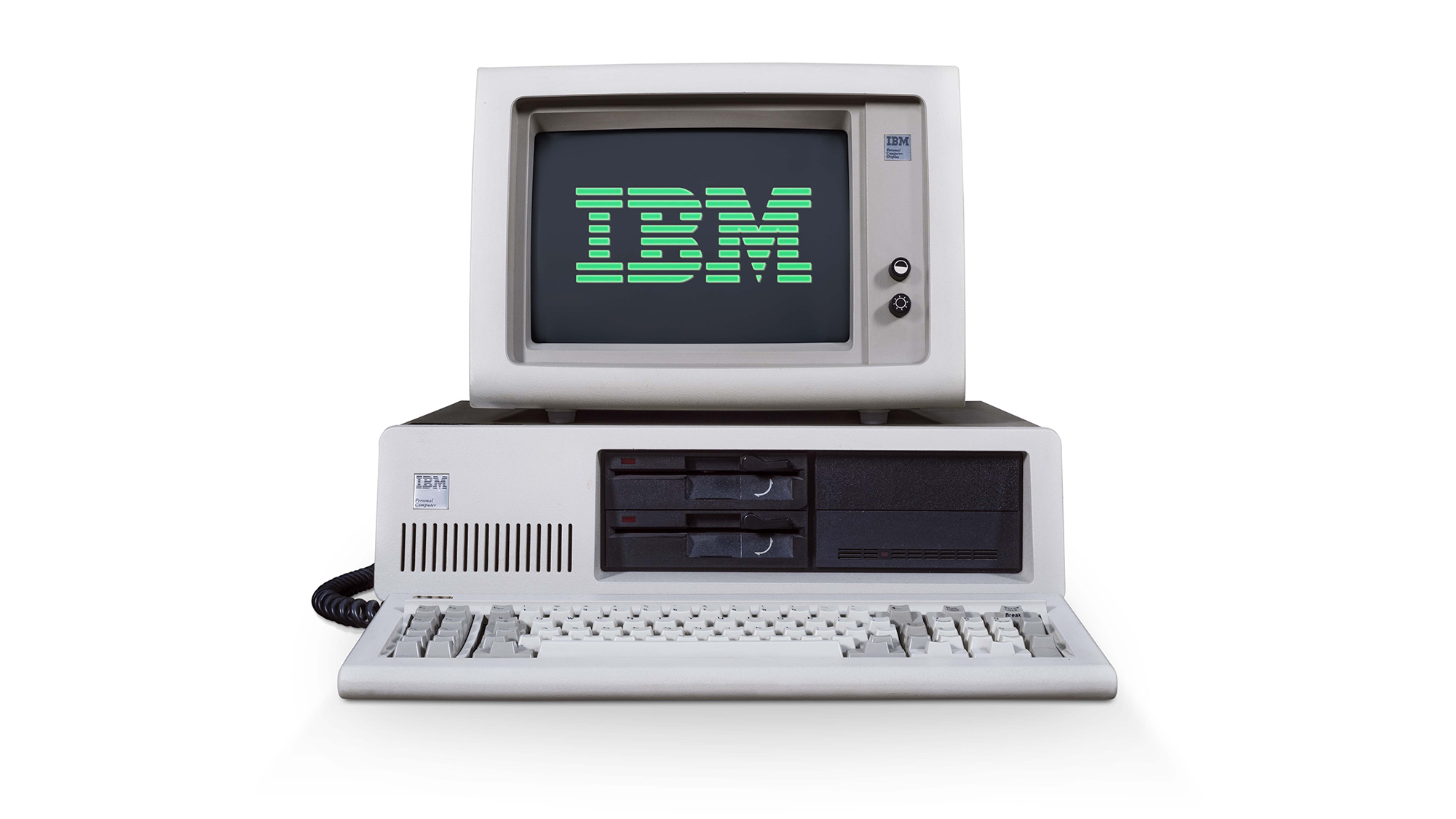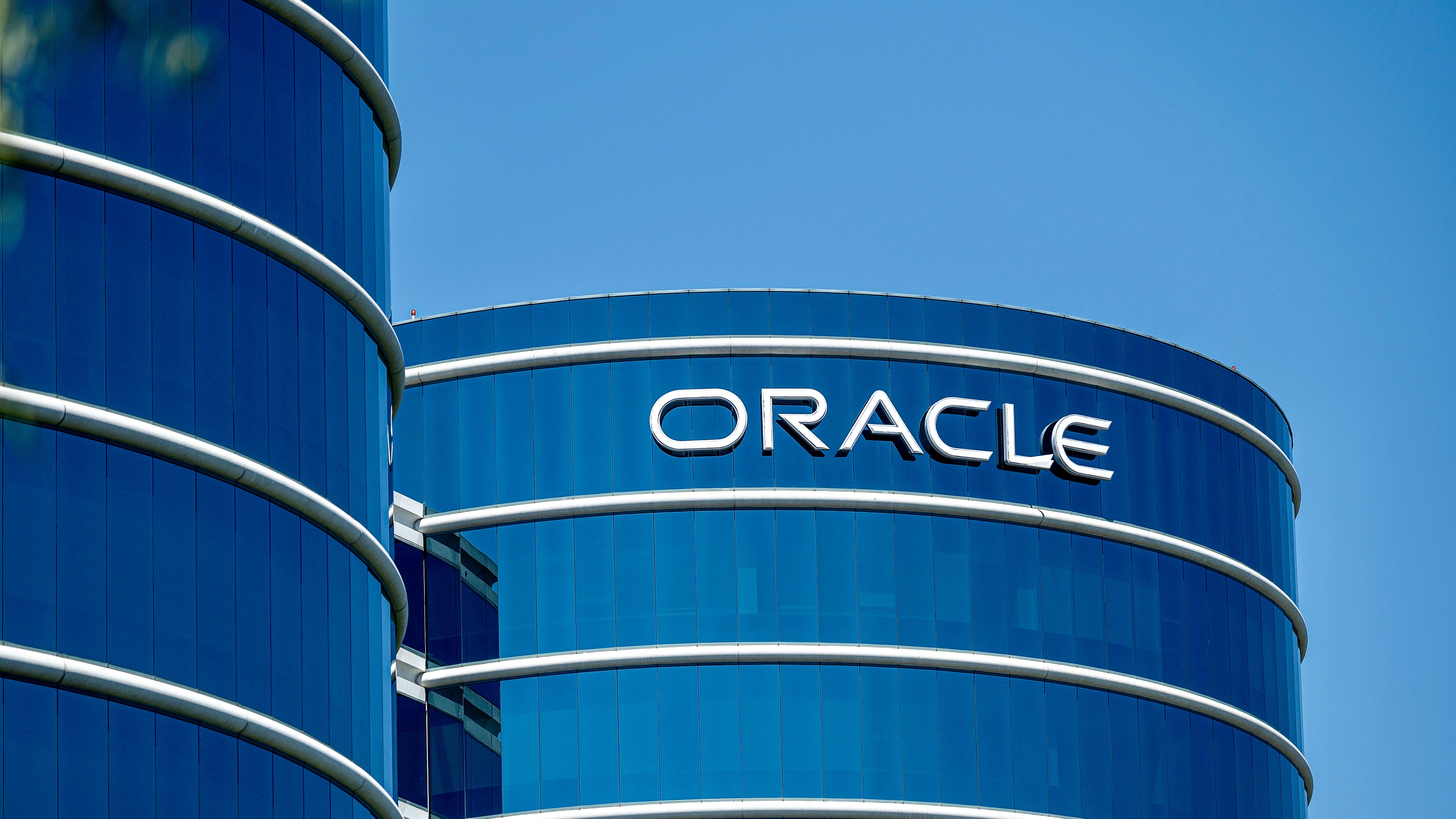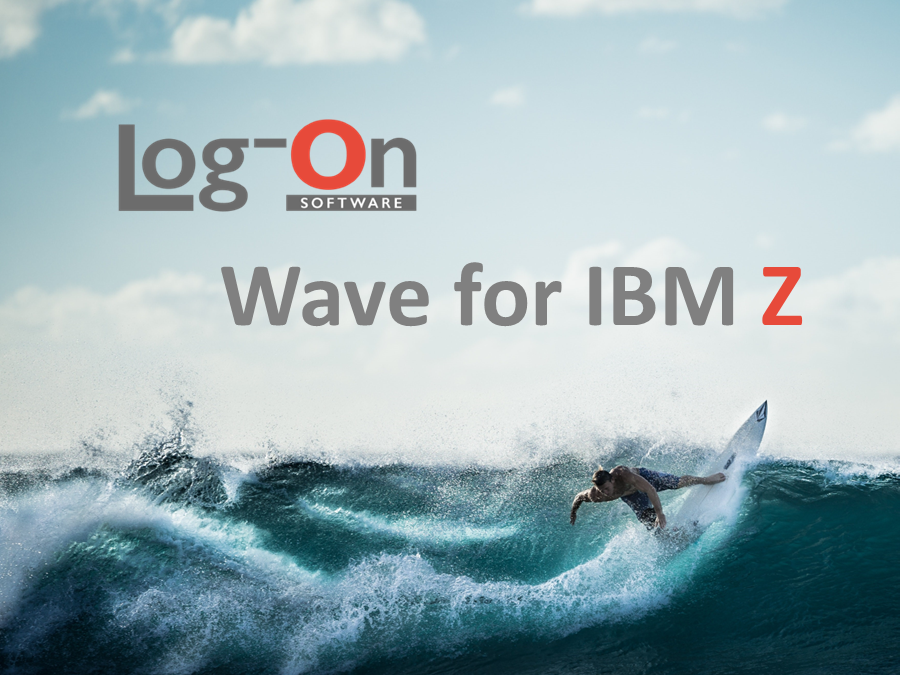The true story behind the IBM Personal Computer
The industry-creating IBM Personal Computer 5150 turned 40 this year. To mark the occasion, we reveal the story of its birth – and destroy one long-running myth in the process


“No one would have believed in the last years of the nineteenth century that this world was being watched keenly and closely by intelligences greater than man’s and yet as mortal as his own; that as men busied themselves about their various concerns they were scrutinised and studied, perhaps almost as narrowly as a man with a microscope might scrutinise the transient creatures that swarm and multiply in a drop of water.”
So begins The War Of The Worlds by HG Wells, and while some IBM executives of the late 1970s may have taken offence at this comparison – the world being watched was the explosive growth of personal computers, the eyes behind the microscope belonging to IBM – there is a ring of truth to this parallel. The main difference was that the template of the PC, as established by IBM, would outlast all of the “transient creatures” other than Apple.
There was one other crucial difference: Those creatures knew they were being watched. Everyone in the nascent microcomputer industry knew it was a matter of time before IBM would make the leap from building mainframes and minicomputers to PCs. The only question was when.
One popular story goes that the IBM Personal Computer was kicked into action in mid-1980 when Atari sent a letter to IBM’s then chairman, Frank Cary, suggesting that it could make IBM’s PCs. Rather than fling the invitation into the bin, so the stories go, Cary passed it on to Bill Lowe. Now dubbed “The father of the IBM PC”, at that time Lowe was IBM’s director of entry systems.
Contemporary accounts suggest this is, at best, a blurring of facts. According to Ray Kassar, then CEO of Atari, the potential partnership was instigated by Bill Lowe. “We had two meetings actually, one in my office and another at my apartment in San Francisco with IBM,” Kassar is quoted as saying in the book Atari Inc: Business is Fun. But the discussions never got far, likely due to Atari’s proprietary design and the fact its computers could only output 40 columns.
In truth, Lowe didn’t need a memo from Atari to tell him that IBM should be building a new computer; it was something he had been convinced of for years. Why had IBM resisted? As Lowe would reflect in 2007, IBM in the late 1970s was in defence mode, “fighting the Justice Department in the US and fighting legal battles overseas” to protect its hardware and software designs and make sure no rival could service its products.
But Lowe wasn’t done yet. In the 1996 documentary Triumph of the Nerds, he recalled his subsequent conversation with the IBM chairman. “He kind of said ‘well, what should we do?’ and I said, we think we know what we would like to do if we were going to proceed with our own product. And he said no. At IBM it would take four years and 300 people to do anything, it’s just a fact of life, and I said no sir, we can provide you a product in a year. And he abruptly ended the meeting and said, you’re on, Lowe, come back in two weeks and tell me what you need.”
Sign up today and you will receive a free copy of our Future Focus 2025 report - the leading guidance on AI, cybersecurity and other IT challenges as per 700+ senior executives
Birth of the PC
What Lowe needed, it transpired, was a team of 12 young, dedicated engineers who would work flat out for the next year. “We were selected to go work on a top-secret project,” says Patty McHugh, a senior associate engineer on the team who designed the motherboard. “Our mission was to get a product into the market in a year using off-the-shelf components.”
This was a radical departure for IBM. “The key decisions were to go with an open architecture, non-IBM technology, non-IBM software, non-IBM sales, and non-IBM service,” said Lowe, “and we probably spent a full half of the presentation carrying the corporate management committee into this concept because this was a new concept for IBM at the time.”
In particular, the only proprietary chip on the motherboard contained the BIOS (basic input/output system). While that gave IBM some protection against copycats, it was hardly Fort Knox. Even by 1980 it was well established that other companies could legitimately reverse-engineer a BIOS – crack that and anyone in the world could build a computer that was 100% compatible with any software that ran on the IBM PC. A platform was born.
Famously, the other key decision was to use “non-IBM software”. In August 1980, the month in which the IBM board officially signed off on the project, it was unclear who would be providing this software, but Microsoft was already the frontrunner. Jack Sams was the engineer in charge of software development for the IBM prototype and had plenty of experience working in BASIC: He had spent months wrestling with the language in an attempt to get it working on a minicomputer (the IBM System/23 Datamaster), delaying the project by a year in the process, and had no desire to repeat the same mistakes this time around.
By all reports, Sams liked the cut of young Bill Gates’ jib. And it’s worth emphasising the “young”. While Gates was 24 by this time, he still had the physique and face of an adolescent, meaning Sams initially assumed that Gates was the office boy when they met for the first time. By the end of their second meeting, however, he was convinced by the young man’s brains and professional manner; Microsoft was a company that IBM could do business with.
To Sams’ disappointment, though, Microsoft couldn’t provide the CP/M operating system that a business computer would surely need. For this, Gates told him, he would need to meet with Gary Kildall of software firm Digital Research. Gates and Kildall had been working together for some time – they even discussed merging their two companies – so Gates had no hesitation in picking up the phone to Kildall and arranging a meeting on IBM’s behalf. Days later, Sams, along with a couple of other IBM executives, flew up to meet Kildall in Pacific Grove, California.
Flying close to the truth
Sams’ meeting – or non-meeting – with Kildall is the stuff of Silicon Valley legend. Famously, Bill Gates allegedly described it as the day “Gary went flying”, leading to the apocryphal idea that Kildall spent his day piloting his private plane for pleasure rather than meet with IBM.
There are some things we know for sure. Kildall wasn’t there at the start of the meeting, with his wife Dorothy greeting the IBM contingent; this makes sense as she handled the company’s business dealings. When IBM handed over a non-disclosure agreement that one person at Digital Research would later describe, euphemistically, as “unidirectional”, she called in the company lawyer.
While Sams initially stated that he never met Gary Kildall, it now seems certain that the Digital Research founder returned from his business trip to Oakland (having flown there; that much appears true) and, after some deliberation, signed the agreement. Things didn’t go any more smoothly from this point on, though, with IBM’s stance being that it wanted to buy the rights to CP/M outright for $250,000. Kildall said no; he wanted to keep to the $10 per licence agreement he had elsewhere.
Whatever the truth of that day, we know that Sams was not impressed by Digital Research. He wanted to deal with Microsoft, and the businessman in Gates sniffed an opportunity greater than his loyalty and friendship to Kildall. Although “friendship” may be overstating it – Kildall would write in an unpublished manuscript: “Our conversations were friendly, but, for some reason, I have always felt uneasy around Bill. I always kept one hand on my wallet, and the other on my program listings.”
Development of DOS
Those instincts were probably correct. When Gates heard about an operating system called QDOS – the Q and D standing for quick and dirty – he realised he could provide what IBM wanted without paying Kildall a penny for licensing. He also realised the company that owned the IBM PC’s operating system would have immense power; how much better for that power to be in Microsoft’s hands than, say, Seattle Computer Products, creators of QDOS.
It helped that Microsoft and Seattle Computer Products already had a business relationship. Its most important programmer, Tim Paterson, had helped Microsoft develop an add-in card for the Apple II that would run CP/M. It was Paterson who created QDOS for Intel’s new 16-bit 8086 processor, which Seattle Computer Products would soon rename 86-DOS.
But there were a couple of problems. First, QDOS was heavily based on CP/M; although Paterson didn’t have access to the Digital Research code, there was publicly available documentation that allowed him to effectively mimic its way of working. Second, in August 1980, QDOS remained rough and ready, although it did include some improvements on CP/M. And third, it was owned by Seattle Computer Products: Gates wanted Microsoft to own all the software rights.
Despite these hurdles, Gates and the newly hired Steve Ballmer felt enough confidence in the operating system – and their ability to acquire it – that they could act. They flew out to Boca Raton, home of IBM’s new PC division, and pitched for a deal that would make both of them billionaires.
The most important element was ownership. Microsoft would own the DOS to run the IBM personal computer (at that point called Project Acorn, with no one involved aware of the fledgling British company’s existence) but license it to IBM for a one-off fee. IBM would not be able to create its own version of the DOS, with any amendments needing to go through Microsoft. Most crucially of all, this wasn’t an exclusive deal: Microsoft could also license the operating system to any other companies that came along.
“The key to the structure of our deal was that IBM had no control over our licensing to other people. The lesson of the computer industry in mainframes was that over time people build compatible machines or clones or whatever term you want to use,” said Bill Gates in Triumph of the Nerds. “And so we were hoping that a lot of other people would come along and do compatible machines.”
As history – and Microsoft’s share price – reveals, not only was Bill Gates’ prediction right, but IBM said yes. It helped that there was a personal connection: Bill’s mother, Mary, had served on the board of directors of charity United Way, as had incoming IBM chairman John Opel. “Oh, is that Mary Gates’ boy’s company?” Opel reportedly asked when he heard of Microsoft’s involvement. The deal was signed in November 1980.
There was still much to do. First, Microsoft had to acquire QDOS. With Seattle Computer Products struggling financially, the $50,000 Microsoft offered was too tempting to resist (needless to say, Paul Allen, who negotiated the deal, mentioned nothing of IBM). QDOS creator Paterson would soon join Microsoft to further develop the code, which needed urgent attention: According to Gates, even on the date he signed the agreement it was apparent that they were three months behind schedule. For the next nine months, he would drive his team of around 40 programmers to the edge with countless all-night sessions to meet IBM’s deadlines.
Dirty dozen
Meanwhile, in Boca Raton, IBM’s team of 12 engineers were putting in similar shifts under the leadership of Don Estridge, who had taken over the project after Lowe was promoted. The team’s existence, well away from the IBM mothership, allowed them to operate in a very non-IBM way: There was no big corporation clock-on, clock-off mentality here, with engineer Mark Dean describing the team as a “tight-knit family”. “We would celebrate together and eat together,” he said in the IBM Centennial Film: They Were There. “I don’t think that any of us slept together but we would do just about everything else together. We would be at work late. We trusted each other.”
The hard work paid off, with Patty McHugh stating that the team shipped the first prototype to Microsoft by Thanksgiving (27 November in 1980). With Estridge and Gates in constant correspondence, using an early form of email and meeting in person, the fast pace of development continued.
Nor did the rush mean poor quality. If anything, the IBM computer was the most thought-through microcomputer design yet seen, with an attention to detail and reliability that lesser companies simply couldn’t match. For instance, this was the first microcomputer to run a series of hardware tests (POST) during its boot-up sequence; it meant it took longer to start, but better for a slight delay at the start of the day than a hardware error to cause a crash during a crucial calculation.
This was also the first microcomputer to include a parity bit in the memory, which meant the hardware could detect corrupted memory before it caused potentially fatal errors in processing. According to Estridge, IBM even paid attention to the contrast between the screen and the monitor’s bezel to reduce eye fatigue. The end result was a solid computer that businesses could trust.
Launch day
Was it exciting? To those in the know, yes. The day after IBM announced what it called the IBM Personal Computer 5150 and everyone else called the IBM PC, The New York Times quoted Christopher Morgan, editor-in-chief of Byte magazine, as saying: “It’s one of the most important announcements we’ve seen in the industry”. Michael McConnell, executive vice president of retailer ComputerLand, made this prescient point in the same article: “People will now know that personal computers are not a fad or a flash in the pan.”
Apple, which shipped almost 80,000 computers in the US in 1980, was a little more sniffy. In reaction to the IBM Personal Computer, it took out a full-page ad in the The Wall Street Journal with the headline, “Welcome, IBM. Seriously.”
Tandy, which dominated the US microcomputer market in 1980 with sales of almost 300,000 TRS-80 computers, appeared just as relaxed. “I’m relieved that whatever they were going to do, they finally did it,” said the firm’s chief of financial planning, Garland Asher, in The New York Times. You can almost hear the sneer in his voice as he continued: “I’m certainly relieved at the pricing. They haven’t introduced anything that’s going to rewrite the ground rules.”
The IBM Personal Computer cost a similar amount to the Apple III. At launch, you could buy an IBM PC 5150 with 16KB of RAM, keyboard, and monochrome monitor for $1,565. That price included BASIC, but you were expected to buy PC-DOS – IBM’s licensed version of Microsoft’s DOS – for $40.
After Kildall threatened to sue IBM due to the similarity of PC-DOS to CP/M, the companies agreed that users could buy the Personal Computer with a version of CP/M (called CP/M-86). This arrived on the market six months after the computer’s release, but it was doomed from the start. For one, it cost $240, six times the price of PC-DOS. More crucially still, by this time there was a flourishing market of software written for PC-DOS. Even at launch, you could buy popular spreadsheet VisiCalc, EasyWriter, and a number of accounting packages. For a bit of fun, you could play Microsoft Adventure too.
Incredibly for IBM, a company famous for taking years to create new products, the first IBM Personal Computers started shipping in October 1981. That’s 14 months after it received the green light from the board. It also chose to sell the computers through retail stores such as ComputerLand and Sears. IBM even created a series of ads aimed at consumers – the first time in its 70-year life that IBM had communicated to anyone other than businesses – featuring Charlie Chaplin’s The Tramp character.
Modest beginnings
While sales were initially modest compared to the likes of Apple and Tandy – 13,000 units by the end of 1981 – this was due to production limits rather than a lack of demand. Byte reported that 40,000 were ordered on the day the 5150 was announced, and IBM spent the next two years desperately trying to catch up with demand. According to market research firm Dataquest, it sold 156,000 computers in 1982. It’s easy to argue that this success brought credibility to computers for the first time; a credibility enhanced yet further when Time put “The Computer” on the cover of its traditional “Man of the Year” issue in January 1983.
IBM’s honeymoon period would continue for several years to come, but it’s notable that within a year Compaq released a computer that was 100% compatible with the IBM Personal Computer. That meant that any software that ran on the IBM would run on Compaq’s machine. And, shortly afterwards, those of Dell, Gateway, HP and Packard Bell. As luck would have it, a company called Microsoft, run by a beaming man-child, was more than happy to sell you the software to make it run.
Tim Danton is editor-in-chief of PC Pro, the UK's biggest selling IT monthly magazine. He specialises in reviews of laptops, desktop PCs and monitors, and is also author of a book called The Computers That Made Britain.
You can contact Tim directly at editor@pcpro.co.uk.
-
 Microsoft just took down notorious cyber crime marketplace RedVDS
Microsoft just took down notorious cyber crime marketplace RedVDSNews Microsoft worked closely with law enforcement to take down the notorious RedVDS cyber crime service – and found tools like ChatGPT and its own Copilot were being used by hackers.
-
 Shareholder lawsuit over 2024 CrowdStrike outage dismissed as cybersecurity firm welcomes court ruling
Shareholder lawsuit over 2024 CrowdStrike outage dismissed as cybersecurity firm welcomes court rulingNews A US court has dismissed a CrowdStrike shareholder lawsuit alleging "inadequate software testing" in the wake of the 2024 outage that bricked Windows devices worldwide.
-
 Want a return on your AI investment? Open source could be the key to success
Want a return on your AI investment? Open source could be the key to successNews Organizations using open source AI tools are more likely to report a return on investment
-
 IBM just open sourced these generative AI coding models
IBM just open sourced these generative AI coding modelsNews IBM has open sourced models trained on code written in 116 programming languages - and it could make life a lot easier for enterprise developers
-
 Application performance management for microservice applications on Kubernetes
Application performance management for microservice applications on Kuberneteswhitepaper How to improve business-critical app performance in a Kubernetes environment
-
 Can Oracle really be Linux's knight in shining armor?
Can Oracle really be Linux's knight in shining armor?Opinion The self-proclaimed champion of open source freedom would like you to forget about its history
-
 Achieving software health in the microservices age
Achieving software health in the microservices ageWhitepaper Tips and tricks for the new and emerging remediation methods
-
 Xinuos sues IBM for patent infringement
Xinuos sues IBM for patent infringementNews Lawsuit revisits ancient legal war over Unix code
-
 Log-On Wave for IBM Z simplifies highly virtualized environments
Log-On Wave for IBM Z simplifies highly virtualized environmentsNews The service improves productivity and flattens the learning curve for less-experienced admins
-
 Microsoft cloud growth closes gap on AWS
Microsoft cloud growth closes gap on AWSNews The top four vendors account for 57% of the cloud infrastructure market
